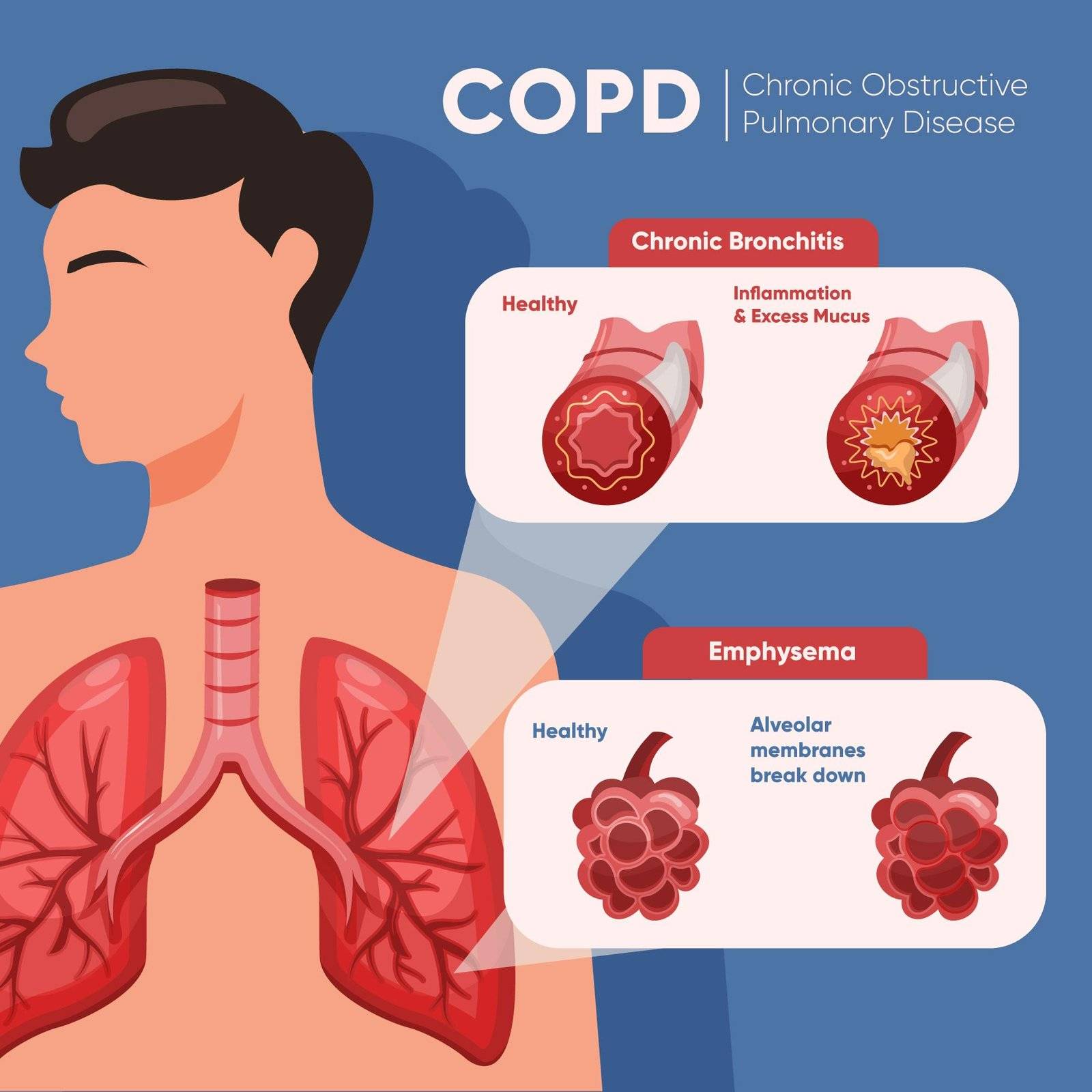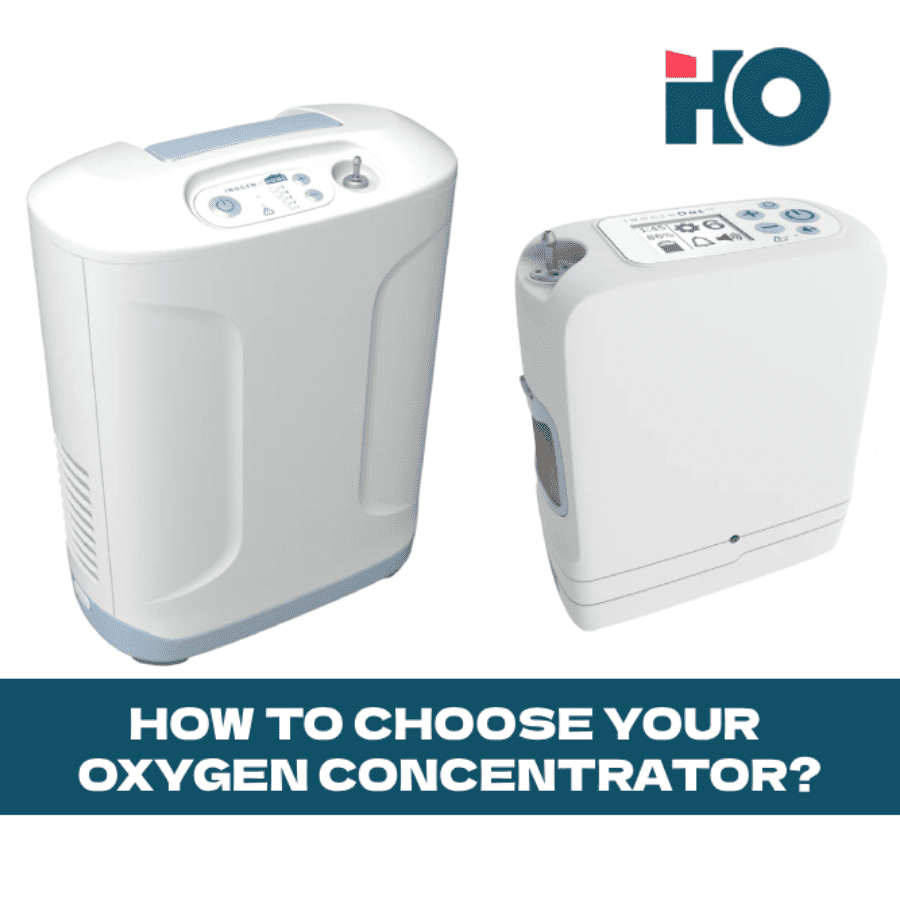Chronic Obstructive Pulmonary Disease (COPD) is a condition that progressively restricts a person’s ability to breathe. Oxygen therapy is often employed to alleviate this, but the question of when exactly it becomes necessary is common among newly diagnosed patients. This piece aims to shed light on the different stages of COPD and the point at which medical oxygen therapy becomes essential.
Understanding the Stages of COPD
The progression of COPD is divided into four stages, each characterized by escalating symptom severity.
- Stage One – At this stage, COPD is mild and may only present subtle symptoms. Despite the minor signs, your lungs are still functioning at about 80% of their normal capacity.
- Stage Two – In this stage, a chronic cough becomes persistent, indicating that COPD is progressing. This is the most common stage for a COPD diagnosis.
- Stage Three – Known as severe COPD, individuals experience reduced airflow, frequent breathlessness, and increased fatigue due to symptoms. The frequency of COPD exacerbations or symptom flare-ups also increases in this stage.
- Stage Four or End Stage COPD – This is the final and most severe stage of COPD. Symptoms are noticeable even at rest, and individuals may experience rapid weight loss, headaches, swelling in the lower legs, and a blue tint to the lips and fingernails (cyanosis). At this point, medical intervention is crucial.
When Does Oxygen Therapy Become Necessary?
The requirement for oxygen therapy becomes more prominent as COPD advances. As symptoms intensify with disease progression and breathlessness becomes more frequent and severe, low blood oxygen levels pose a serious health risk.
That being said, there isn’t a specific COPD stage at which oxygen therapy becomes necessary. Instead, healthcare professionals monitor symptom severity and blood oxygen levels using pulse oximetry measurements and arterial blood gas (ABG) studies. If blood oxygen levels are consistently low, it’s likely your doctor will recommend oxygen therapy.
How Pulmonologists Prescribe Oxygen Therapy
Typically, oxygen therapy is prescribed when other treatments for breathlessness, such as pulmonary rehabilitation, breathing exercises, and medications, are not enough. Once a patient’s COPD has progressed to the point where they experience continual breathlessness even with these therapies, pulmonologists are likely to prescribe oxygen therapy.
The Impact of Oxygen Therapy on COPD Patients
Oxygen therapy has been a crucial treatment for COPD patients for many years. It not only increases survival when given to patients with significant hypoxemia for at least 15 hours per day but also enhances the quality of life for those living with COPD.
Portable Oxygen Concentrators (POCs) such as the Inogen One G5, and Inogen One G4 have emerged as excellent choices for oxygen therapy. Not only is the overall cost of a portable oxygen concentrator lower than a traditional oxygen tank, but it also allows patients to participate more fully in their daily lives. POCs can improve sleep, mental alertness, mood, and even increase stamina and exercise tolerance. However, Inogen At Home is a perfect and much cheaper choice if you only need at home therapy.

Caption: A patient using an Inogen One G5 Portable Oxygen Concentrator for oxygen therapy.
Coping with COPD is undoubtedly challenging, but gaining a firm understanding of the stages and knowing when oxygen therapy might be required empowers patients to take control of their health.
Please note that this information is intended to facilitate a better understanding of COPD and oxygen therapy. It should not replace a consultation with a medical professional. Always consult with your healthcare provider for personalized advice and treatment options.
References
- COPD Stages and the Gold Criteria: 4 Stages Explained
- End-Stage COPD: Symptoms, Causes, and Coping
- The Use of Oxygen Therapy in COPD
- Oxygen Therapy for COPD
- Inogen One G5
- At Home Oxygen Concentrator
- Inogen One G4
You can also learn more about related topics such as Traveling with COPD and the Inogen One G5 Portable Oxygen Concentrator on our website.








